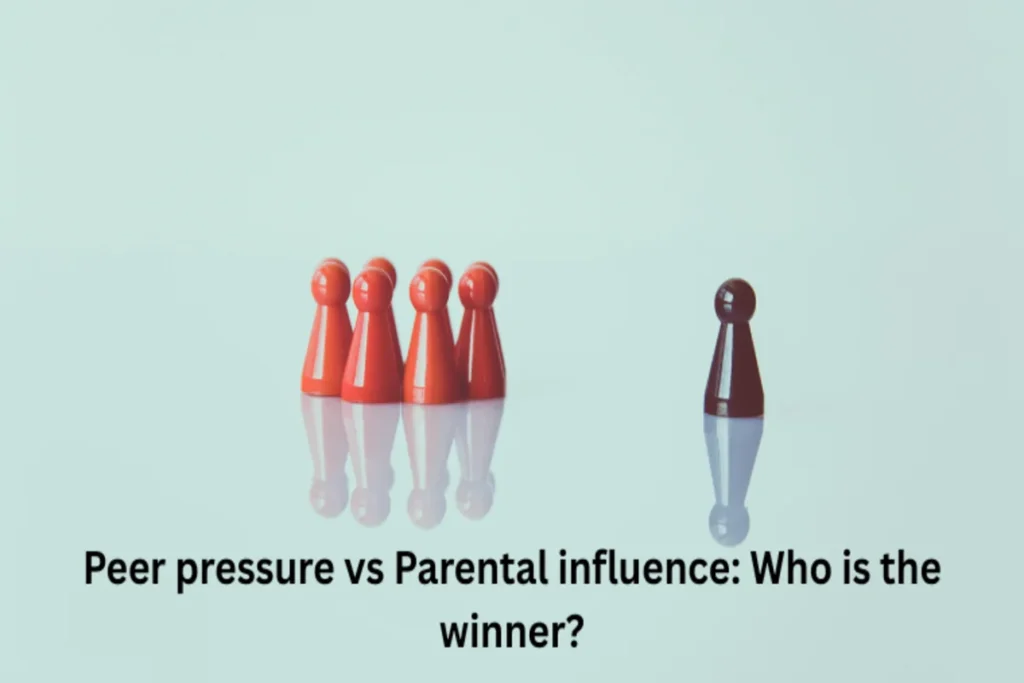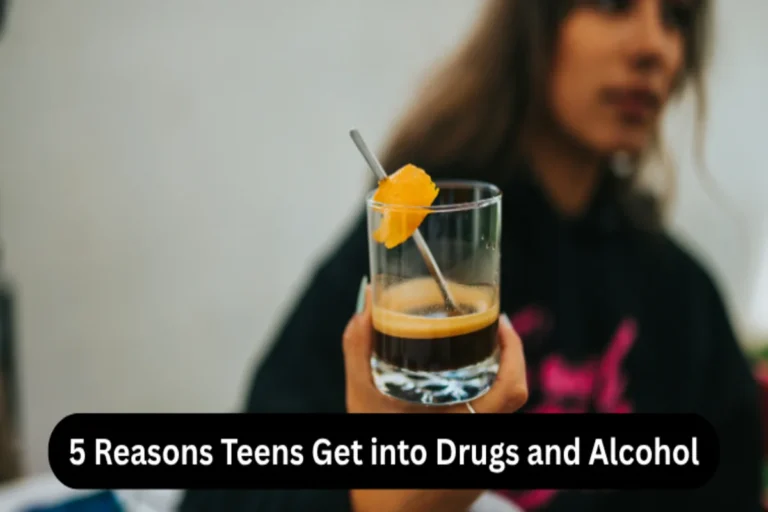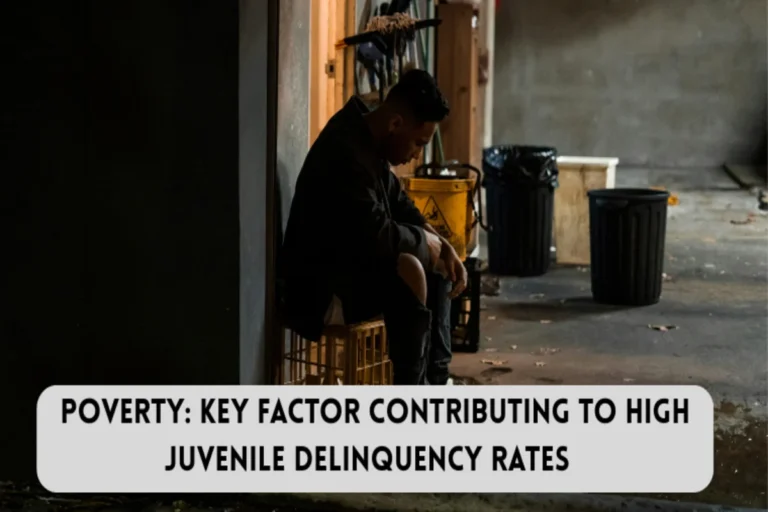
The battle begins quietly. A child starts to care more about a friend’s opinion than a parent’s advice. A teenager chooses an outfit based on what’s popular at school, not what a parent suggests. This is the ancient, universal drama of peer pressure vs. parental influence. It is a struggle every person faces while growing up.
One side represents rules, safety, and years of love. The other represents freedom, fun, and the desperate need to belong. So, who has more power? When a young person makes a choice, whose voice is louder? The answer is not simple. The winner changes from day to day, from situation to situation.
This article will break down this battle. It will look at the good and bad sides of both forces. The goal is to understand this conflict, not to declare a single winner.
Part 1: The Foundation – Parental Influence
Parental influence is the first and oldest force. From birth, parents are a child’s entire world. They are the first teachers. Children learn how to speak, act, and what to believe from their parents. This isn’t always done with formal lessons; it happens through daily life.
The Power of Example: A child sees how a parent talks to a neighbor and notices how they react to stress. These observations build a foundation of values. If a parent is kind, the child learns kindness. If a parent is honest, the child learns honesty.
The Inner Voice: This early training creates a kind of inner guide. Even when the parent is not there, a voice in the child’s head asks, “Is this the right thing to do?” This voice is the parent’s influence living inside the child—a powerful moral compass.
Long-Term Goals: Parental influence is usually focused on the future. Parents push for good grades to get into a good university or encourage saving money for security. They are building for a life ahead.
In short, parental influence builds the house where a child’s character lives. The hope is that this house will be strong enough to survive any storm.
Part 2: The New World – Peer Pressure
Then, a new world opens up: school. Suddenly, the parent’s house is not the only important place. A whole society of people the same age emerges. This is the world of peers.
The word “pressure” can sound aggressive, but it’s often very subtle. It’s not always a friend saying, “You must do this.” It’s often the quiet, powerful feeling of not wanting to be different.
The Need to Belong: For a teenager, fitting in can feel like a matter of life or death. The brain is wired to seek acceptance, and being left out causes real pain. This makes the opinion of friends incredibly powerful.
The Good Side: Peer influence is not always bad. Good friends can encourage each other to try new sports, study harder, or be more confident. They provide crucial support during difficult times.
The Bad Side: This need to belong can lead to dangerous choices. A sensible young person might skip school, be mean to someone, or try alcohol just to be part of the group.
Peer pressure operates on a different time scale. It is about social survival today, not success in twenty years.
Also Read: How Social Media Supercharges Peer Pressure for Teens (And What Actually Helps)
Part 3: The Battlefield – Where They Collide
The real drama happens when these two forces collide head-on. A teenager lives in both worlds at once. They go home to their parents and go out with their friends, often navigating two different sets of rules and expectations.
Here are the common areas of conflict:
- Style and Appearance: Hair, clothes, and music are outward signs of identity. Adopting a peer group’s style can feel like a rejection of a parent’s taste.
- Social Life vs. Family Time: The pull towards friends on a Friday night is often stronger than the pull toward family dinner. Time with peers feels more exciting and immediate.
- Values and Morals: This is the most critical battlefield. Will the teenager stand up for someone who is being bullied? This is where the parent’s inner voice is tested against the power of the group, a direct result of peer pressure vs. parental influence.
Part 4: The Game Changer – Technology
The battle has been completely transformed by technology. Peer pressure is no longer confined to school or the park. Smartphones mean it is always on.
Social Media: Platforms like Instagram and TikTok create a constant highlight reel of other people’s lives, fueling a powerful Fear Of Missing Out (FOMO). The pressure to look a certain way and have certain experiences is more intense than ever.
24/7 Access: Group chats never stop. A decision can be influenced by friends at any hour. The parent’s voice has to compete with a constant stream of messages and notifications.
This makes the parent’s job much harder. The opposing team, so to speak, now has a megaphone.
Also Read: The Fine Line Between Friendship & Peer Pressure: A Guide for Teens & Parents
Part 5: So, Who Really Wins?
After looking at both sides, a simple answer is impossible. Declaring one side the “winner” is the wrong way to think about it. A better question is: how do these forces work together?
The real victory happens when a young person learns to blend both influences. They take the strong foundation from their parents—the core values of right and wrong—and use it to navigate the social world with their peers.
Think of it like this:
- Parental influence is the anchor. It keeps the ship stable and prevents it from being lost in a storm.
- Peer influence is the wind. It fills the sails and pushes the ship forward to explore new places.
A ship needs both. An anchor alone means the ship goes nowhere. Wind without an anchor means the ship is lost and can crash.
Worth to Read : Peer Pressure: Why It’s Not Always Harmful
Conclusion: The Quiet Victory
In the end, time is the great judge. The intense power of peer pressure often fades as people get older and the need to fit in becomes less desperate. A funny thing often happens: people start to understand their parents better. They hear their parents’ advice in their own thoughts and might even repeat the same phrases to their children.
The winner is not the parent or the peer. The winner is the individual who builds a strong character, using the best lessons from both worlds. The journey is long and sometimes painful, but the destination is a person who can think for themselves. Ultimately, understanding the dynamic of peer pressure vs. parental influence is key to raising a resilient, independent adult. That is the only victory that matters.
FAQ Section: Peer Pressure vs. Parental Influence
Parental influence shapes a child’s early values and long-term goals through guidance and example. Peer pressure, on the other hand, affects short-term choices based on the desire to fit in and gain acceptance among friends.
Both matter at different stages. Parents set the moral foundation, while peers influence daily behavior and social identity. The balance depends on how strong family communication and trust are.
Open communication, empathy, and active listening help teens feel supported. Parents can also encourage friendships with positive role models and teach assertiveness so their child can say “no” without fear.
No. Positive peer pressure can motivate teens to study harder, volunteer, or adopt healthy habits. The key is helping teens recognize when influence becomes manipulative or unhealthy.
Social media amplifies comparison and FOMO (Fear of Missing Out). Constant online visibility makes teens more sensitive to likes, trends, and approval, weakening parental influence if boundaries aren’t set.
Parents can collaborate with schools and peer groups to promote shared values. When supportive friends and understanding parents reinforce similar lessons, teens feel both free and grounded.


